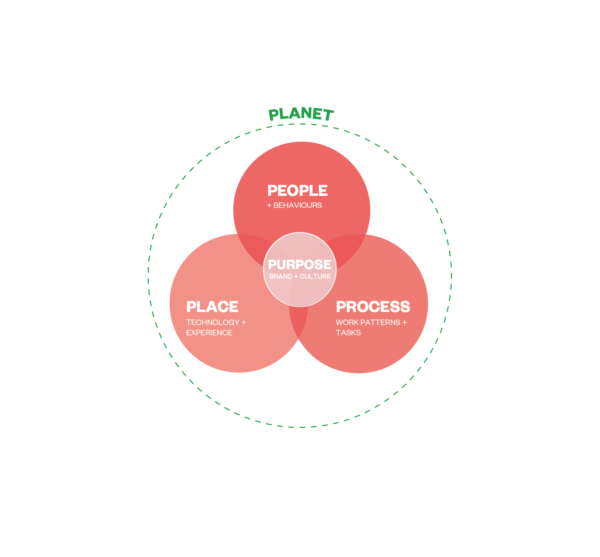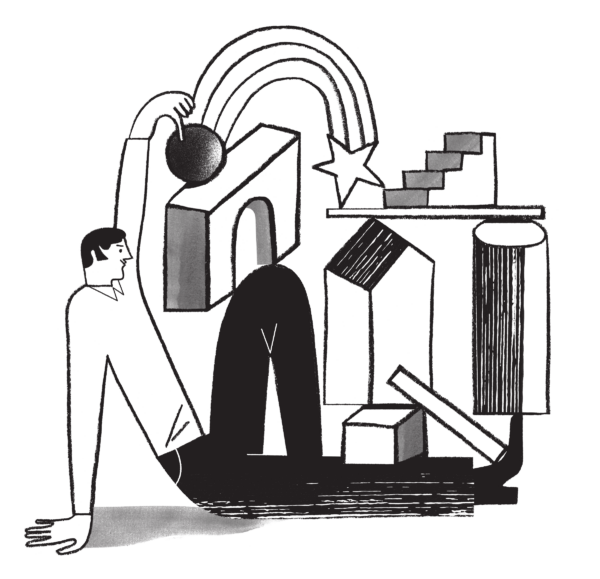
What You Need to Consider Before Making the Leap
Since transitioning out of the pandemic many businesses are still testing new ways of working and finding out what works best for their organisation. Many organisations are exploring new models, such as the 9-day fortnight, which aims to boost collaboration, effectiveness and employee wellbeing. However, making any change—especially one that impacts the way people work—requires thoughtful preparation and planning. With MLA trialling the 9DF we thought it would be a good opportunity to share our thoughts based on our process so far and any other recommendations.
At MLA, we believe in a holistic approach based on the 5 P’s: purpose, people, place, processes, and planet. These key elements form the foundation for creating lasting change and ensuring your organisation thrives. Before you switch to a 9-day fortnight or any significant transition it’s important to address each of these areas to ensure a smooth and successful delivery.

1. Start with a Clear Purpose
Every successful transformation begins with a strong sense of purpose. Why are you making this change? What will the new way of working achieve for the organisation, employees, and stakeholders? Whether you’re moving to a 9-day fortnight or adopting a hybrid work model, having a clear, well-articulated vision is critical.
When people understand the “why” behind the change and what part they can play, they are more likely to buy into it and support the transition. A compelling purpose helps align everyone in the organisation toward a common goal and ensures the change feels meaningful.
2. Bring People Along on the Journey
People are at the heart of every organisation, and change can be challenging for them. We are creatures of habit, and any shift in the way we work and live can bring uncertainty and resistance. The key to overcoming this is engagement—bring your people along on the journey from the very beginning.
Establish a steering group, change champion group, or core team to help lead the way. These groups can act as advocates for the change, providing guidance and support to their colleagues. Involve employees in discussions, seek their input, and communicate openly about how the change is going. This steering group can also help champion positive workplace behaviours that tie into your new ways of working.
Leadership plays a crucial role in this process. Directors and senior leaders must be fully invested, serving as role models who lead by example. Their active support ensures the change is embraced from the top down, giving others the confidence to follow suit. When people see these behaviours modelled, and feel included, supported, and heard, they are far more likely to embrace the shift, whether it’s adjusting to a compressed workweek or introducing new tools.

3. Ensure Your Space is Ready for the Change
Workplace design plays a huge role in how effectively new work models can be adopted. Before launching a 9-day fortnight or similar transition, make sure that your physical space supports the new way of working.
This may involve updating your office layout to accommodate more flexible working arrangements or upgrading furniture to enhance comfort and productivity. In some cases, you may need to declutter or repurpose underutilised spaces. The goal is to create an environment that supports and enhances the work model you’re adopting.
If your space isn’t quite ready, consider piloting new solutions before fully committing to the change. Whether it’s small tweaks or major updates, investing in the right environment will be key to making the transition successful.
Ensure your colleagues are well-informed about the changes to their workspace and clearly demonstrate how the environment is prepared to support the transition. This will help them feel confident and comfortable with the shift.
4. Update Processes and Policies
No workplace change can thrive without the proper infrastructure in place. Processes, policies, guidance and systems must be aligned with the new way of working. This could mean updating your IT systems, revising HR policies, or even implementing new workflows that better reflect the flexibility of a 9-day fortnight or similar.
Ensure that your hybrid working policies, time management tools, and HR systems are designed to accommodate the new structure. This includes addressing practical considerations, such as scheduling, performance tracking, and ensuring there is clear communication on what is expected from employees.
The smoother these operational shifts are, the easier it will be for people to transition without confusion or disruption to daily functioning.
5. Consider the Impact on the Planet
Today, every organisational change should take environmental impact into account. It’s important to ensure that the change supports your ESG (Environmental, Social, and Governance) policies and aligns with your broader sustainability goals.
Conduct carbon calculations to assess the potential environmental benefits of the transition. Will it reduce energy consumption or emissions? Can you leverage this change to support your Net Positive goals? By taking a proactive approach to sustainability, your organisation can make meaningful progress toward becoming more eco-conscious while improving workplace efficiency.


Timing is Everything
One final piece of advice when implementing a major workplace change is to give yourself ample time for the transition. Rushed implementations can lead to confusion, frustration, and may impact how successful your trial will be. Consider where your organisation is in its journey—are you ready for a dramatic shift, or would a phased approach be more appropriate?
A clear roadmap for change, coupled with realistic timelines, allows everyone to prepare properly and eases the stress of moving too quickly. The more time you invest in planning the more successful your transition will be.
Need Help with the Journey?
At MLA, we understand that change can be complex. Whether you’re unsure of how to tackle space adjustments, process updates, or environmental assessments, our team is here to help. We offer a holistic service that includes Consultants, Interior Designers, and Architects to guide you through every step of the transformation process.
We are happy to chat with you about our 9DF trial experience – get in touch if you’re interested in finding out more.





